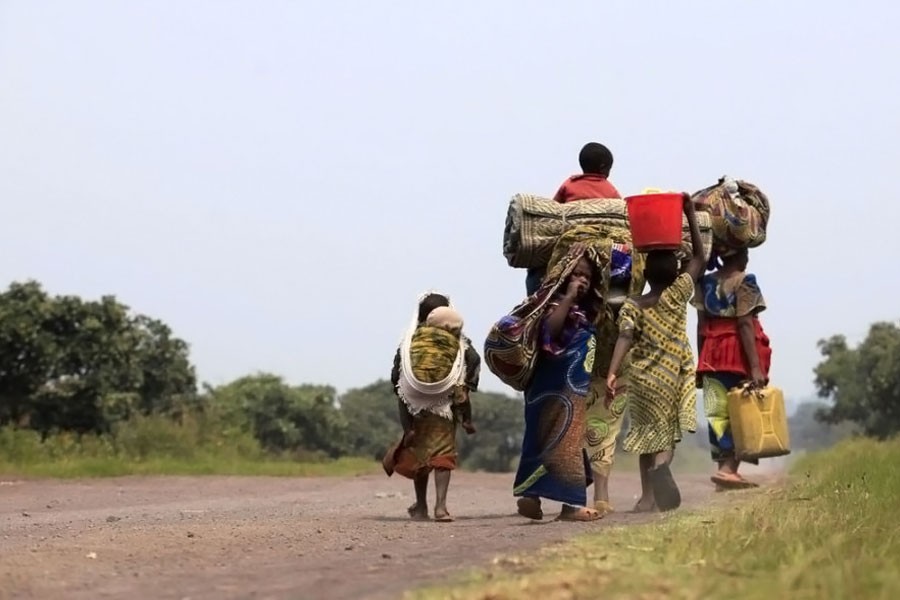Tanzanian policies to impact role as refugee safe haven


By Fauxile Kibet
A raft of government policies by the current Tanzanian regime are likely to change its former reputation as a friendly hosting state for refugees.
According to the Norwegian Refugee Council country director for Tanzania and Kenya Niel Turner, the East African country earlier this year withdrew from the Comprehensive Refugee Response Framework (CRRF) and declined World Bank funding associated with the initiative.
Tanzania joined the CRRF last year as one of several pilot countries. The CRRF is an international initiative aimed at finding durable solutions for refugees and improving the situation in refugee hosting countries, including enabling refugees to integrate economically.
“The Government of Tanzania is concerned with indebting their own citizens on behalf of the refugees, which unfortunately has set back the CRRF approach,” observes Turner.
Tanzania over the past three decades has hosted over one million refugees mainly from Burundi, who fled the civil war in the 90’s caused by the ethnic conflict between the Tutsi and Hutu ethnic groups – which displaced hundreds of people who fled to the neighboring country. Tanzania later integrated over 160,000 refugees from Burundi by issuing them citizenship.
More refugees
The NRC adds that in the last six months of 2017, increasing number of Congolese refugees crossed the border into Tanzania and that more refugees may arrive in 2018 because of the deteriorating situation in DR Congo.
“We are very worried about what is happening in Congo and Burundi because violence creates displacement,” says Turner. “Currently many refugees from Congo are moving to Uganda, but they may also seek refuge in Tanzania in future.”
The humanitarian body further warns that if the situation escalates in Burundi after the May 2018 referendum to extend the presidency of Pierre Nkurunziza, more people might seek refuge in Tanzania.
“If the referendum in Burundi is not peaceful that could also exacerbate the situation. If this happens we hope that Tanzania will remain as welcoming as it has in the past, and that they will receive international support to do this,” adds Mr. Turner.
Restrictions
The current refugee camps located at Nyarugusu, Mtendeli and Nduta in North-Western Tanzania which hosts a majority of the refugee are currently full and restriction on refugee movement remain.
The organization also notes that refugee response in Tanzania is severely underfunded, putting a strain on the ability of agencies to provide enough food, water and other basic services.
Since 2015, the East African country has seen an influx of refugees, especially after the Burundian elections, by then, a large number of them had returned home. Previously, Burundian refugees automatically received refugee status in Tanzania, but since early 2017, they have had to go through a process of seeking asylum which was lengthy and complicated.
In September 2017, Tanzania initiated a voluntary return programme, in cooperation with UNHCR and the Government of Burundi. By the end of the year, over 13,000 had returned.